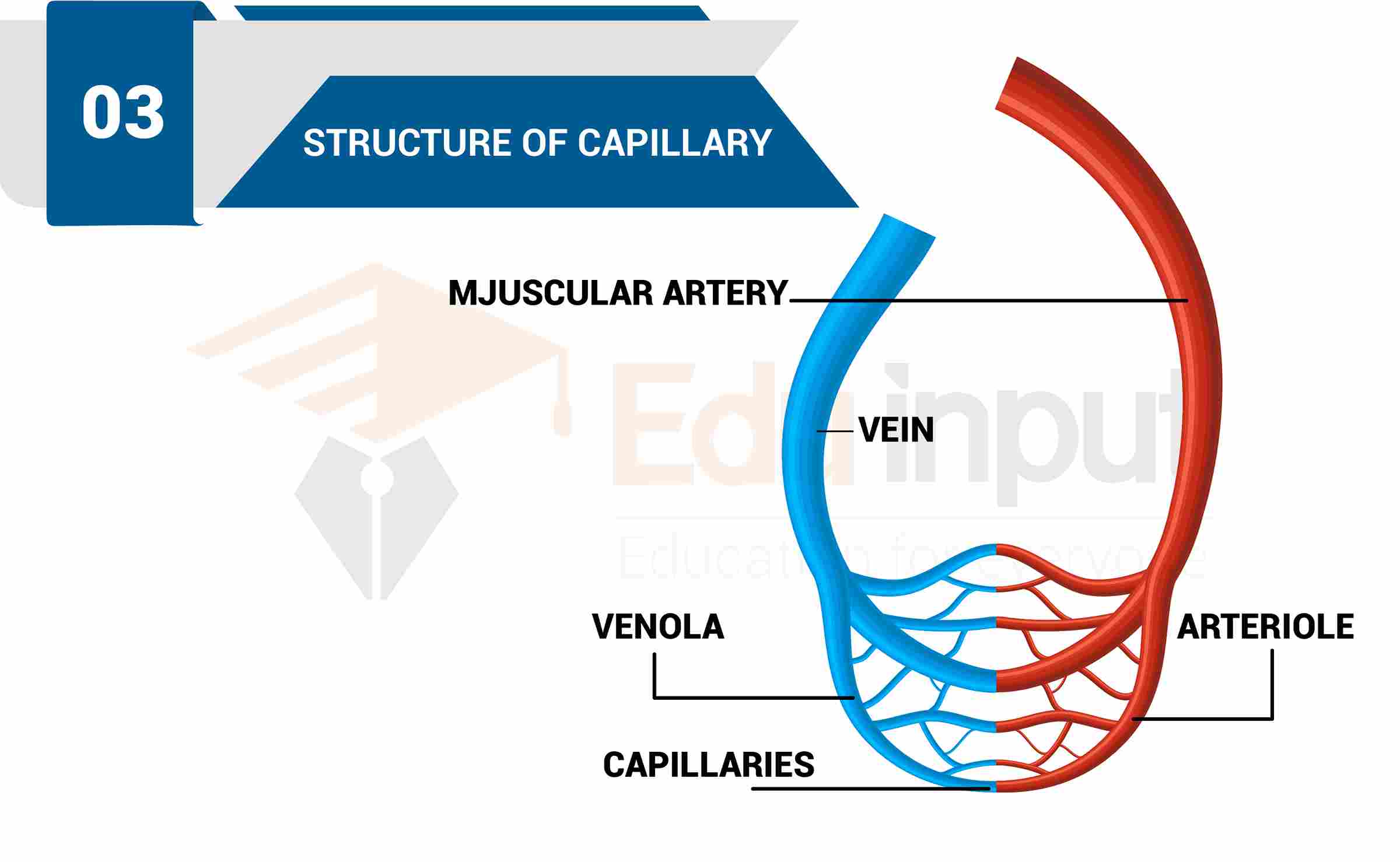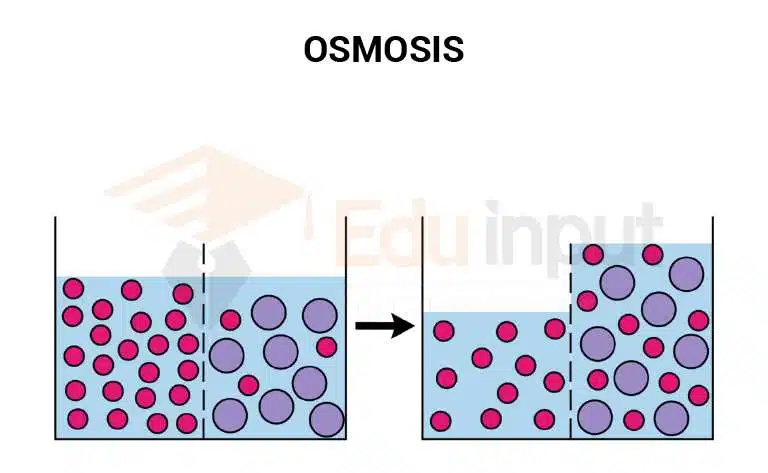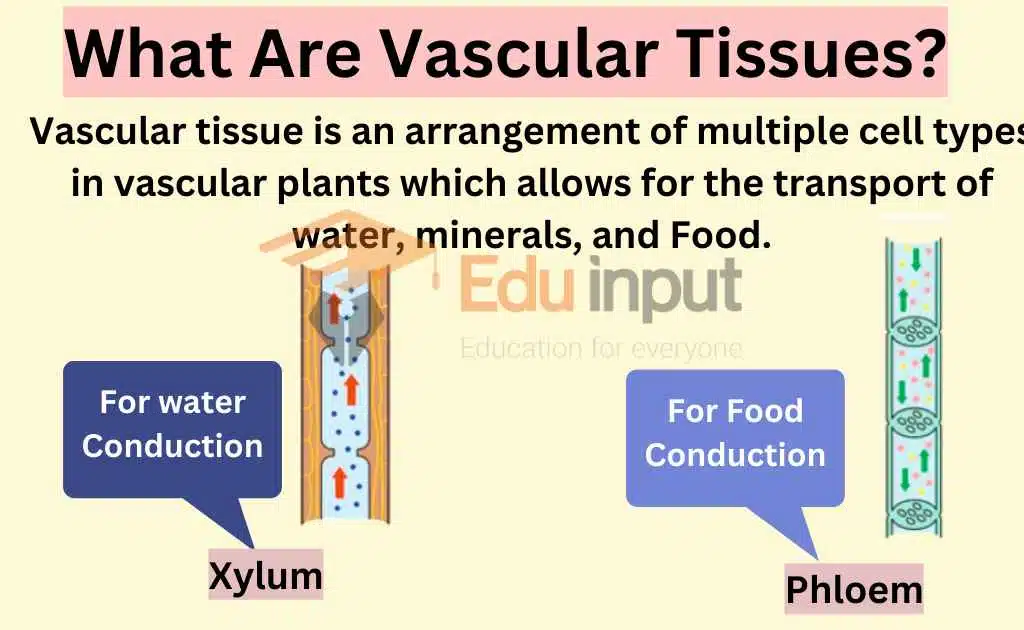The Cohesion Tension Theory-Definition, Processes and Mechanism
Transpiration is the process of evaporation through plant tissues. Water evaporates from the leaf surface into the atmosphere. The rate at which water evaporates depends on several factors such as temperature, humidity, wind speed, and the type of plant.
Water moves from the roots to the leaves through xylem vessels. When the plant needs to absorb more water, the stomata open allowing water vapor to escape. This allows the plant to take advantage of the sun’s energy.
The Cohesion Tension Theory
Cohesion tension theory is an important theory. It was proposed by dixon.
Transpiration pulls produce water tension in the xylem which pull the water upward and the cohesive and adhesive forces maintain the water column in the xylem. This theory provides a sufficient explanation for the flow of water and dissolved material from roots towards the leaves of the plant. These materials show the bulk mass flow.
This theory depends on the following processes.
Cohesion:
The force of attraction among the water molecules is called cohesion. The cohesion holds water together. It forms a solid chain-like column within the xylem tubes. There is hydrogen bonding between the molecules of water.
Tension:
The pulling of water upward produces tension in the xylem tubes. Transpiration provides the necessary energy or force. The hydrogen bonds between the water molecules produce this tension. The xylem water tension is much stronger. It can pull the water up to 200 meters (more than 600 feet) in plants.
Adhesion:
The attraction between the water molecules and the cell wall of the xylem cells is called adhesion. The water molecules remain to adhered to the xylem tissues. So the column of water in the xylem tissues does not break. The composition of the Cell wall provides this necessary adhesion for the water molecules. It helps the water molecules to creep up. The cellulose of the cell wall has a special affinity with cell.
Strong Xylem Wall:
The xylem walls have high tensile strength. So they do not buckle inwards. The lignin and cellulose provide strength to the cell wall of water. Cellulose can imbibe water into the xylem tissues.
Mechanism Of Transpiration Pulls
The following steps take place during transpiration pull:
1. The transpiration from the leaf drops the water potential in the mesophyll cells of the leaf.
2. The water moves from the xylem cells into these mesophyll cells by osmosis.
3. The water molecules in the xylem cells are linked with each other by hydrogen bonding (cohesion). Therefore, the upward movement of one water molecule also pulls the other molecules upward. This process continues all the way leaf to the root. In this way, water is pulled from the xylem cells of the leaf, stem, and root.
4. The pulling force or transpiration pull is much stronger. This pull of the water produces a concentration gradient in the root tissues. It reduces the water potential of the root epidermis cells. Therefore, water moves from the epidermis to the cortex and Pericycle by endosmosis.
This water finally enters the root xylem. This water is pulled upward and reaches the leaves.






Leave a Reply